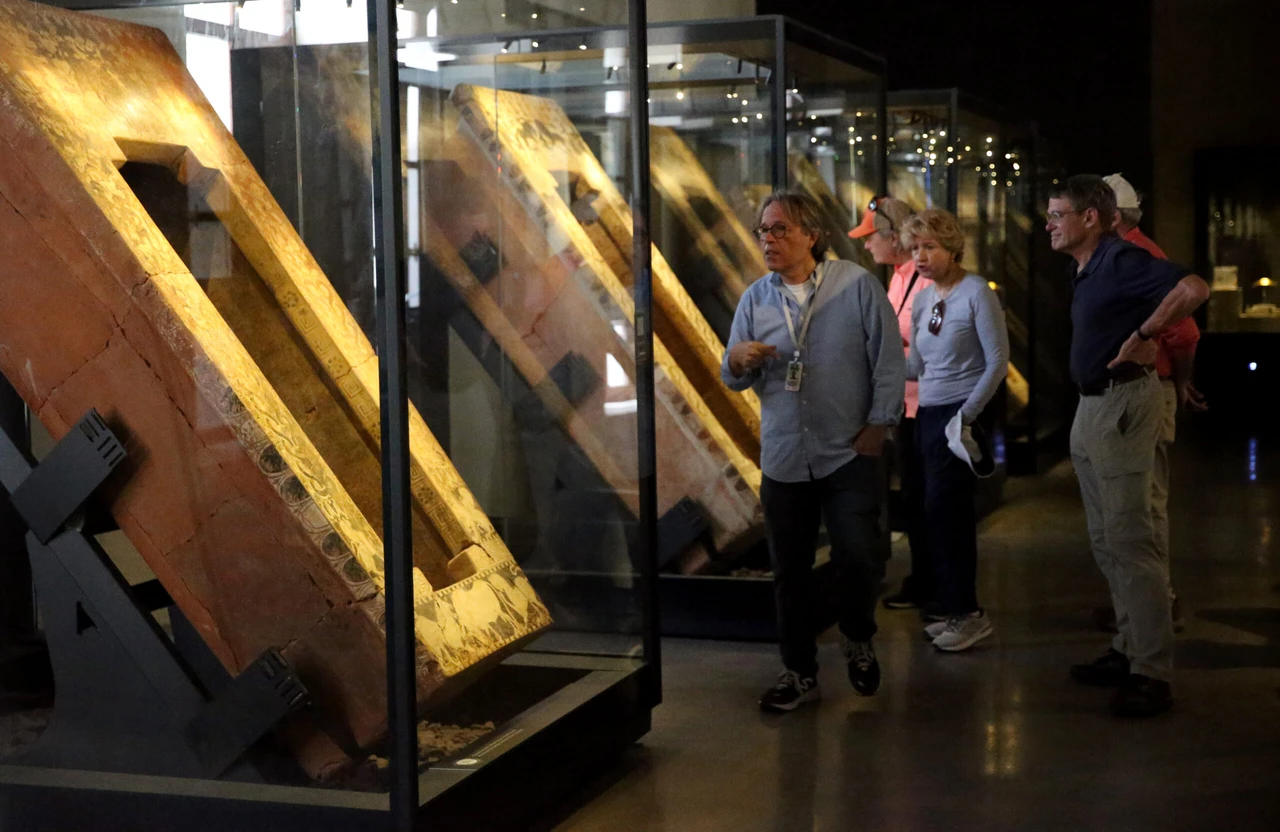Evolution of air defense systems: From early rifles to modern steel domes
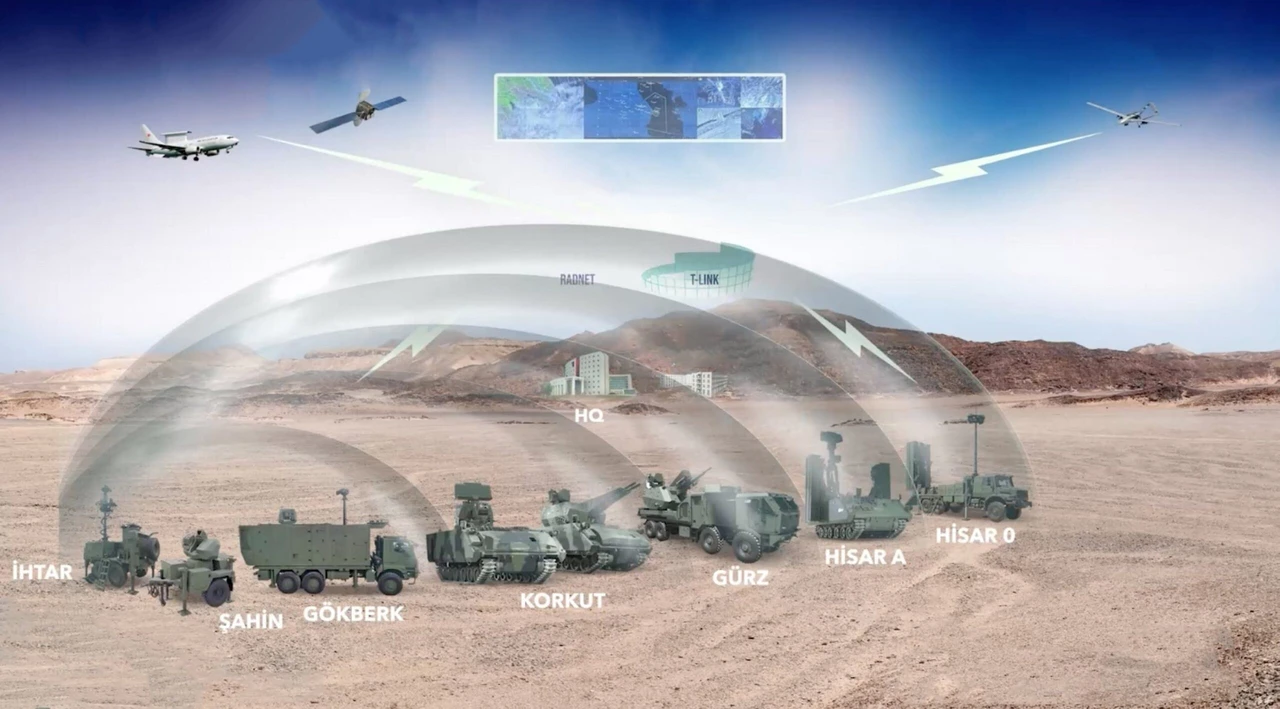 This illustration shows some of the equipment and systems that are said to be part of the planned "Steel Dome" project (AA Photo)
This illustration shows some of the equipment and systems that are said to be part of the planned "Steel Dome" project (AA Photo)
Air defense systems have gained significant importance with the evolution of warfare, developed to balance the impact of aircraft on the battlefield. These systems have evolved from early artillery and rifles used against aircraft to today’s advanced technology air defense systems.
Modern air defense systems form a fundamental part of national defense by protecting land and naval forces as well as strategic infrastructure and critical points.
The first aircraft shot down by an air defense system was achieved with a Turkish rifle. But how did this happen? When were air defense systems first used?
The history of air defense systems dates back to the 1870 Franco-Prussian War. During this war, the French used balloons to communicate with Paris, which was under siege by the Germans. This is considered the first attempt at air defense, and the Germans tried to target these balloons with artillery.
The first aircraft shot down was an Italian plane hit by a Turkish soldier’s rifle during the Tripoli War in 1912.

Were air defense systems used in World War I?
During World War I, major powers began using artillery units specifically designed for air defense. However, at the start of the war, states that did not fully understand the importance of aircraft in air defense were insufficient in this regard.
As the war progressed, technical issues such as target speed and altitude detection were overcome, and the capabilities of anti-aircraft systems improved. By the end of the war, innovations such as sight adjustments, altitude and range detection techniques, and the integration of machine guns were implemented.
Air defense systems used during World War I:
- Germany: 7.7 cm Leichte Kraftwagengeschutze M1914, 8.8 cm Flak 16
- United Kingdom: QF 13-pounder 9 cwt, QF 3-inch 20 cwt
- France: Canon de 75 antiaerien mle 1913, Canon de 75 antiaerien mle 1917

Improvements in air defense systems after World War I
After the war, increased engine and ammunition capacities of aircraft made air defense systems even more crucial. Systems capable of continuous firing for low-altitude aircraft were developed, while ballistic solutions for high-altitude aircraft were worked on.
The development of radar technology and analog computers in the 1930s significantly improved enemy aircraft detection. Additionally, research was conducted on the potential role of rocket technology in air defense.
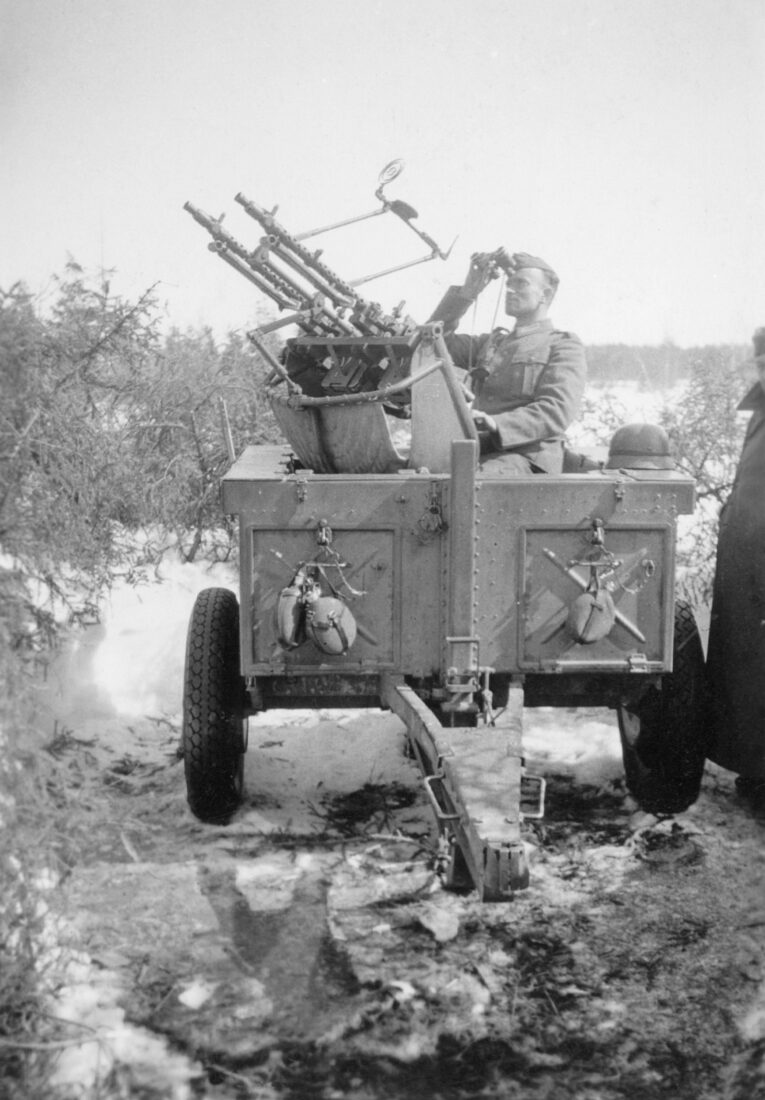
Advancements in air defense systems during World War II
With the advancement of fighter aircraft, the importance of air defense systems increased. During World War II, anti-aircraft batteries became more effective and were equipped with new technologies.
The United Kingdom established an effective air defense system by combining the Kerrison Predictor with the 40 mm Bofors gun. Germany and Britain developed air defense fortifications and structures using numerous guns as anti-tank weapons.
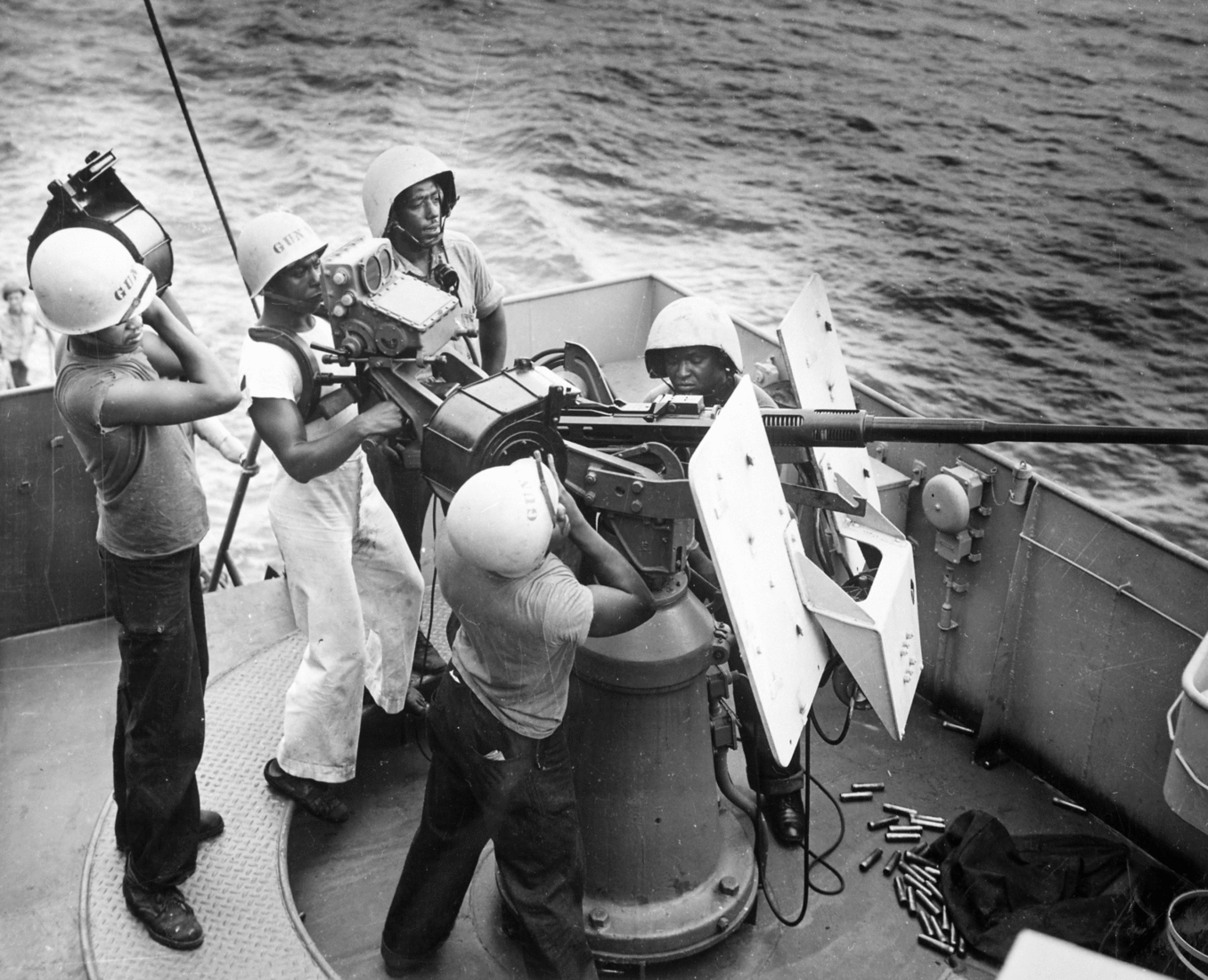
Notable air defense systems during World War II:
- Germany: 12.8 cm FlaK 40, Flakpanzer IV Mobelwagen
- United Kingdom: British Bofors 40mm, QF 4-inch naval gun Mk XVI
- USSR: 72-K (Model 1940), ZSU-37
- USA: 120 mm M1, M45 Quadmount
Modern systems of Cold War Era
During the Cold War, the success of air defense systems became more critical in the face of nuclear threats. The U.S. developed computerized, radar-equipped, and automatic M51 Skysweeper systems. It was also anticipated that radar networks would need to be expanded, leading to the establishment of the NATO Integrated Air Defense System in 1961. With the proliferation of jet aircraft, there was a shift towards surface-to-air guided missiles, and the use of MANPADS (man-portable air defense systems) became widespread.
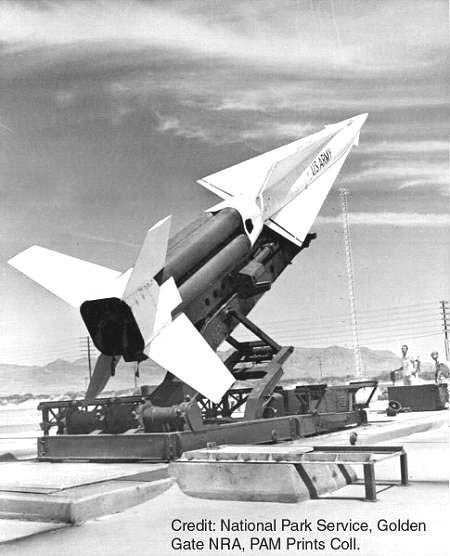
Pioneering systems developed during the Cold War:
- USA: MIM series surface-to-air missiles (MIM-46 Mauler, MIM-104 Patriot), Safeguard anti-ballistic missile program
- USSR: S series surface-to-air missiles (S-25 Berkut, S-75 Dvina, S-125 Neva/Pechora), A-35 anti-ballistic missile system
Current air defense systems
Today, the influence of UAVs and UCAVs (Unmanned Aerial Vehicles and Unmanned Combat Aerial Vehicles) along with STEALTH technology is changing air defense doctrines.

Effective solutions are being developed against terrorism threats and modern aircraft. Türkiye has made significant strides in this field and is developing domestic air defense systems like Hisar and Siper. Recently, Türkiye announced its domestically developed air defense system named “Celik Kubbe” (Steel Dome). Additionally, Spanish Patriot batteries have been deployed at Incirlik Air Base (Adana, Türkiye) under NATO.
In the future, air defense systems will need to continuously evolve. Research is ongoing on new technologies such as laser-based systems for drones. Türkiye’s domestic air defense systems will continue to play a crucial role in protecting the nation’s airspace.

